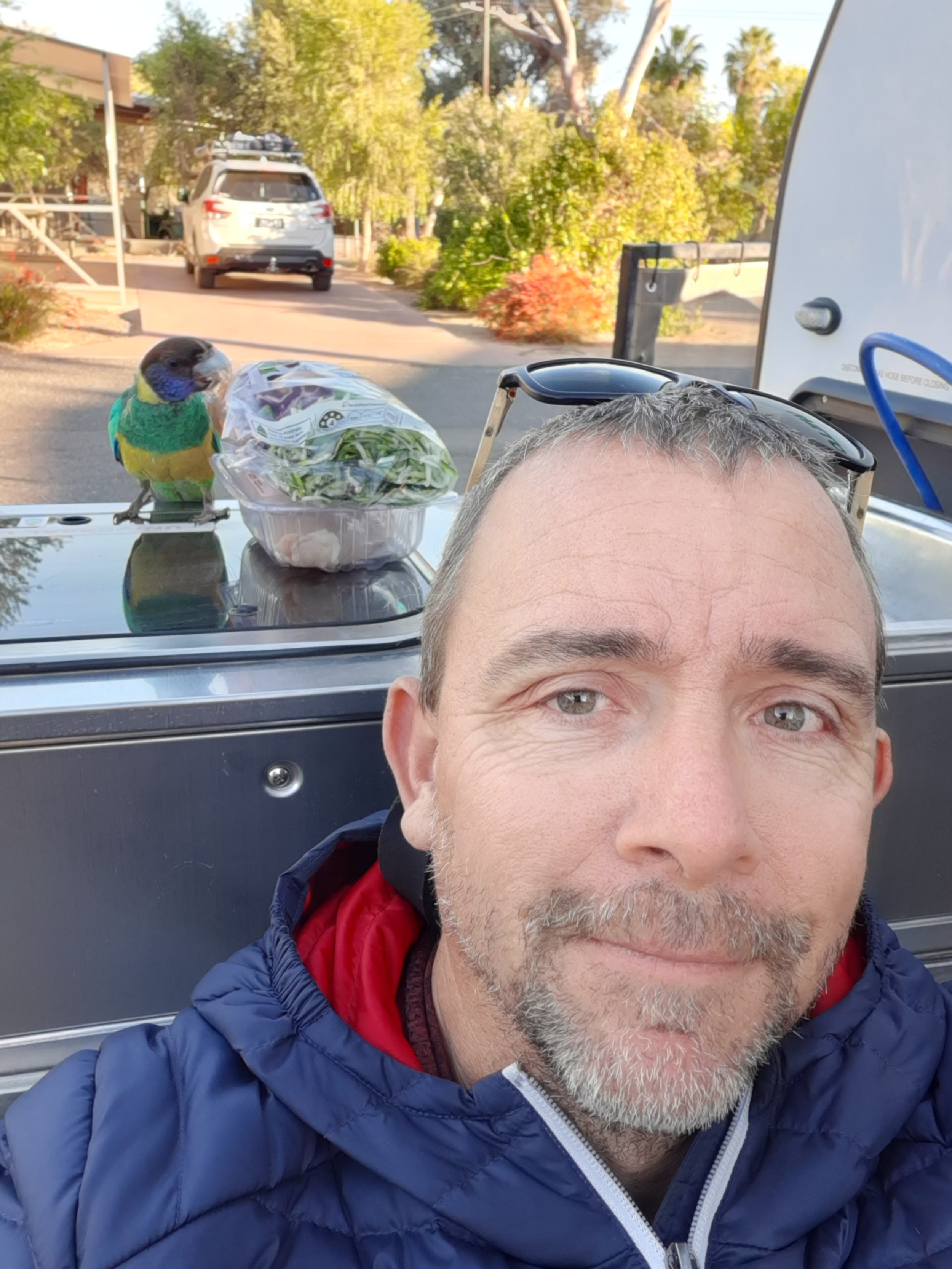
Luncheon Lecture: November 25th-Eric Roberts
The Wandering Falklands: A Geologic Odyssey (and Unconventional Discovery of a Potential Unconventional Play in the South Atlantic)
Dr. Eric Roberts - Colorado School of Mines
Abstract:
The Falkland Islands are an isolated micro-continent within the South Atlantic Ocean proximal to the South American continent and characterized by Paleozoic sedimentary successions for which connections with coeval depositional systems in southern Gondwana are debated. New U-Pb zircon age spectra for ash and sandstone samples from the Falklands successions assist in elucidating relationships. Dating of ash samples shows the Port Sussex Formation (Falklands Islands) is younger than the lower Ecca Group of the Karoo Basin, not contemporaneous, as previously proposed. The Falklands and South African Paleozoic sequences differ modestly, suggesting their accumulation and inversion as similar, but discrete, basinal entities. Detrital zircon age spectra for samples from the Falklands sequences show remarkable age-related comparability. Age spectra from the Falkland successions match those of rock assemblages of the Terra Australis Orogen which developed across southern Gondwana during the late Neoproterozoic and Paleozoic, indicating enduring, large scale, provenance linkages.
Two overlapping Paleozoic superbasinal systems distributed as linear belts that extend for >6000 km are recognized for southern Gondwana, stratigraphically separated by a disconformity embracing much of the Carboniferous. A remarkably uniform upper plate subsidence response to subduction along this margin from Silurian to Permian is indicated. Discovery of nearly 12 km of abandoned, unlogged mineral exploration core through the organic-rich glacio-lacustrine/marine Permian Port Sussex Formation reveals a potentially unexplored unconventional reservoir play, that may also shed additional light on timing of Gondwanan linkages between Africa and South America.
Bio
Dr. Eric Roberts joined the faculty at Colorado School of Mines in 2023 to take on the role of Professor of Geology and Director of the Potential Gas Agency. He spent much of his career prior to this at James Cook University (JCU) in Australia, where he was a professor and served as the Head of Earth and Environmental Sciences for seven years, and most recently as the Director of the Federally-funded Critical Minerals Trailblazer Hub at JCU. He is a sedimentary geologist and basin analyst, with research and teaching expertise that spans across a variety of fields from resource exploration, including helium, oil and gas, and diamonds, to palaeontology and paleoenvironmental reconstruction. His research is highly multidisciplinary and has been featured on the covers of Nature and National Geographic. Roberts is originally from Glenwood Springs (CO) and trained at Cornell College (B.A.), University of Montana (MSc), and University of Utah (PhD), and has taught in the US, South Africa, Papua New Guinea, and Australia.
Registration is open-Click the Dunes to Register!
This is an in-person and online event!
The cost is $30.00 for current members and $40.00 for non-members. Web only Zoom registration is $10.00 ($5.00 for students). Unemployed individuals may sign up for lunch for just $20.00. Students may sign up for lunch for $20.00. Persons who do not wish to have lunch are welcome for a $20.00 fee. Walk-ins may purchase a lunch for the standard fees ($30.00 or $40.00) although quantities are limited. Walk-ins without a lunch are charged a $15.00 fee.
Please submit reservations by 10:00 a.m. the Friday before the talk.
Reservations may be secured online or by e-mail at information@rmssepm.org























